While puppies and kittens are undeniably adorable, sometimes life brings you an older pet that you just can’t resist, and they can be the most incredibly special additions to the family.
Whether you’re inheriting an older pet from a family member, have fallen in love with a cat or dog from a rescue shelter, or simply want to skip the full on puppy phase - this article is full of helpful tips about how to handle bringing an older pet into your home.
1. Prepare your home
Even though you’re not getting a brand-new puppy or kitten, it’s still important to “pet proof” your home! Remove any hazards that could be easily reached by your curious companion, such as small objects they could swallow, electrical cords, human foods , chemicals and toxic plants. Create a comfortable space where your pet can retreat and feel safe.
Ideally, replicate the sleeping set up your pet had at their previous home to help them feel safe, and settle in easily. For example, if your dog was sleeping in a crate at a rescue shelter, it would be wise to retain that safe crate space for them in your home. Keep all the original bedding from their previous home (and don’t wash it too quickly so it retains those familiar smells!) as a further comfort to your new pet.
Get all the gear you need in advance, such as food and water bowls, a bed, collars and leads, toys and food.
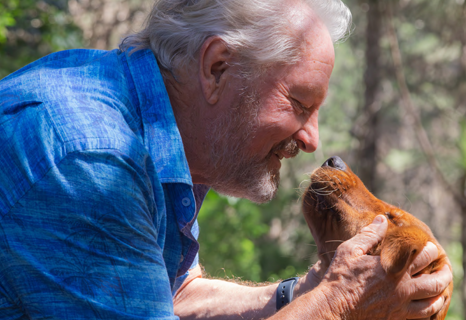
Mark Vette is a world-renowned Animal Behaviourist, Zoologist and Trainer. He brings together a unique combination of academic studies with 40 years of applied clinical animal behaviour consulting and treatment. Mark is a member of the International Association of Animal Behaviour Consultants. This article was written by Mark and the views expressed are his own.
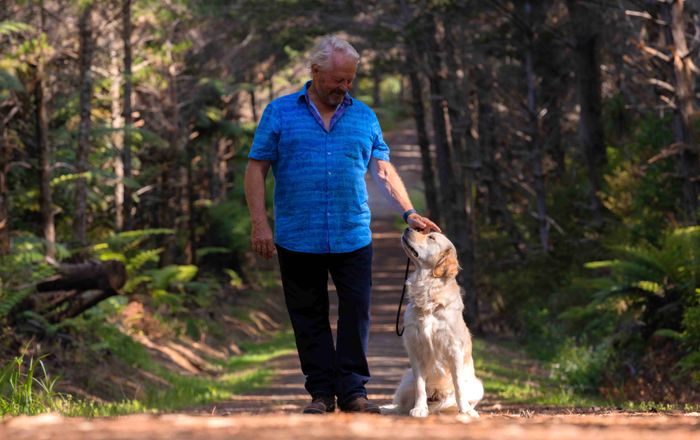
2. Learn about your new pet
When you’re adopting an older pet, it’s essential to learn about their routine, habits, temperament, and previous life experiences. If possible, have a good chat to the previous owner, foster family or rescue organisation and ask lots of questions:
- what training have they done with your dog?
- what your new pet’s temperament is like?
- have they been exposed to kids, dogs, cats, cars etc?
- do they have confidence with new people?
- have they shown any fear-based behaviour?
- do they have any commands under their belt yet?
The more you know about your new family member, the better prepared you will be. If there is anything your pet hasn’t had a lot of exposure to yet (particularly for dogs) then you can be prepared to make those introductions in a calm, careful, controlled way without overstimulating your pet, and ideally using a clicker and food rewards to help keep them calm!
Knowledge is power, so gather what information you can about your pet’s previous experiences.
3. Ease them into any major changes
While with a new puppy or kitten the advice is usually to “start off as you mean to go on”, with an older pet that can be true to an extent, but sometimes you may need to ease them into big changes to their lifestyle.
For example, if the dog you’re adopting is used to sleeping in the bedroom and this is not your long term plan, I’d suggest allowing them to sleep in your room for a few weeks while they settle into your home. Once they trust you and you’ve built a bond, you can then start to gradually transition them into a different room.
Or if you’re planning to change your pet’s diet, mix 10% new food with 90% old food for a few days, then gradually increase how much new food and decrease how much old food you include in the mix so it’s a smooth transition and you don’t upset their tummy.

4. Brief the family and create a routine
Pets thrive on predictability and consistency, particularly if they’ve had a rough start in life or have recently been through a major transition into a new home.
With dogs especially, try to establish a routine they can rely on to help them settle in more quickly. If you have other people in your household, make sure you provide a united front when it comes to raising and training your dog.
Agree on some house rules:
- is your dog allowed on couches and beds?
- are they allowed in every room?
- what behaviours are really important to us?
Agree to all be consistent in making sure you reward your dog wholeheartedly for appropriate behaviour and avoid rewarding inappropriate behaviour. For example, ensure everyone understands not to pat your dog or let them through doors if they are barking or whining, don’t cuddle and pat your dog while they are jumping up, but give lots of pats and praise if your dog is behaving nicely.
Go over the key commands you’ll use in your house such as Sit, Down, On Your Mat, Stay, Wait, Come, Leave It etc. Using the same commands will help things to be clear for your dog but remember you will have to teach them to your dog first!
Similarly with cats, try not to reward behaviours you don’t want, like scratching at doors to be let in for example.
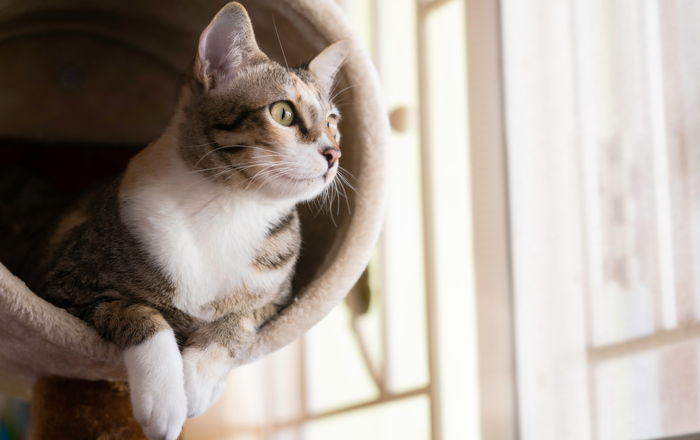
5. Get a vet check up
Depending on where your pet has come from, generally it’s a good idea to get a thorough vet check up to get a sense of their overall health. The vet can help you establish where you might need to make some changes, for example your new pet may need to lose or gain some weight to be in optimum health, you may need to address cavities, or they may need worming or de-fleaing. The vet can also ensure your pet is up to date with vaccinations and microchipped.
6. Learn about pet behaviour
If this is the first dog or cat you’ve owned, I strongly recommend you up-skill yourself on dog or cat behaviour before you take them home. This enables you to understand what they’re trying to say to you, and how to manage those messages, so your relationship gets off to the best possible start.
With rescue dogs in particular, learn to recognise the signs of stress or anxiety - panting, shaking, dilated pupils, tail between the legs, avoidance behaviours. If you see these signs, evaluate if there’s anything around that could be causing your dog stress or fear, and ease off on the situation. For example, if your dog is distressed by the vacuum cleaner, ease off then you can slowly reintroduce it with some desensitisation training. Or if your dog is showing fear responses around a child, separate them so you can carefully manage interactions using a clicker and treats to help desensitise your dog. Also look out for signs of aggression such as raised hackles, growling, a hard stare, deep barking, snapping, and contact a behaviourist to support you in your training if this is the case.
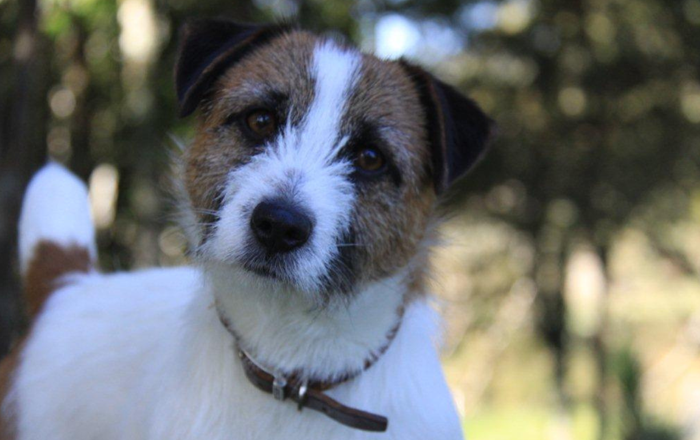
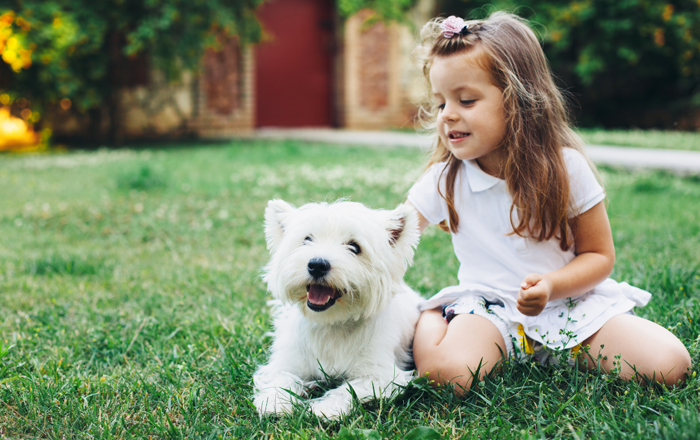
7. Managing your pet with kids
Young kids need to be briefed on how to treat your pet - no tight hugs, don’t chase or corner them, don’t interfere with a pet that’s eating or sleeping, no pulling fur, ears or tails etc. I highly recommend getting children involved in the care of the new pet, helping with feeding, training and walking wherever possible.
In general, we recommend dogs are ALWAYS supervised around children, especially older dogs that haven't been raised with kids. For the first few weeks keep children very well supervised around your new dog so you can first learn about their temperament. If you see any behaviours from your dog around your children that concern you, please reach out to myself or another professional behaviourist to assess the situation.
8. Bringing home your new dog
When you first bring your new dog to your home, here are some guidelines to help them settle in happily:
- Try to make the car ride home a non-stressful experience. Secure them in a crate and drive slowly and smoothly. Give them a long-lasting treat to keep them occupied.
- Use lots of high value treats on Day 1 to make it an enjoyable first experience, food is a powerful motivator for a dog.
- Upon arrival, pop your dog on a lead and take them straight to the toileting area first. Then walk them around your garden, then your house, taking your time and allowing them to freely sniff and investigate their new home.
- Keep things very calm and quiet for their first few days. This is a big change for your dog, so try not to overwhelm them or give them any big frights, which could create an aversion to your home.
- Make introductions to family members calm and positive. Ask kids to sit down and be gentle, have adults show non-threatening body posture (crouched down, not giving a fixed stare, body turned side on) and use lots of treats when introducing each family member.

9. Bringing home your new cat
Cats need a quiet, safe space in the house, they can settle in without becoming fearful and overwhelmed or trying to scarper. Set up one small room for your new cat, a bathroom or laundry often works well. It should be quiet, secure, well-ventilated and a comfortable temperature. Cats like to be up high, so include a cat tower or some vertical spaces that your cat can get to and have a nice wee bed up there. Cats like to survey their territory, so they have a proclivity for height.
The purpose of this most importantly is to anchor the litter box somewhere and they’ll continue to use this as long as it is there. Therefore, include in the room a litter tray, food and water, toys, a bed, and a small dark space for your cat to hide in. Bring them in and shut the door before letting them out of their travel carrier, as they may be fearful after the car ride and try to escape.
Usually, I suggest you keep them in this one room for 2-3 days, it helps them feel safe and secure and establishes that space as their own territory. Gradually open up one extra room to them at a time after this initial three-day period, then after 6-8 weeks you can begin to do supervised visits in your backyard. If you live on a busy road or have a large local native bird population, you may choose to keep your cat exclusively indoors. This is fine, provided your kitten has plenty of toys and stimulation available in the house. You can also install cat proof fencing or a catio to give your cat a safe, contained outdoor space to go in and cats can also be trained to wear harnesses and walk on lead for outings.
Keep things calm and quiet for your new cat to begin with - avoid loud noises, we don’t want them to get any big frights in their new home!
Enjoy bonding with your new family member!
Remember that your pet is going through a significant change in their life. In the case of rescues, they may have been in unpleasant and unloving circumstances before they went to the rescue organisation. We aren’t perfect and neither are our pets, so be patient with them, allow them to make mistakes, and give them heaps of love and attention for desired behaviours. It can take a good couple of weeks for them to settle into your home, but once they learn to trust you and relax, older pets can become the most wonderful companions.
Always consult your vet on the best way to look after your pet. And to avoid unexpected costs, make sure your pet is insured.
Have a look at our pet insurance plans to choose the right insurance plan for your pet.
